Tips for Summer Corn Scouting
Posted on June 24, 2025
.png)
Scouting corn throughout the growing season is one of the most effective ways to identify problems early, evaluate hybrid performance, and make timely agronomic decisions. Whether you planted early or had delays due to weather, regular field checks help you stay in tune with crop progress and make the most of every acre.
Why it Matters
In-season scouting gives you an opportunity to monitor issues like weed escapes, nutrient deficiencies, insect activity, and emerging disease pressure. Observations made now can help manage decision-making this season, while also helping shape strategies for next year.
What to Watch For
Common pests like waterhemp and Palmer amaranth continue to pose challenges due to their extended emergence. A solid herbicide program with multiple modes of action remains key. In areas where preemergence herbicides couldn’t be applied due to wet conditions, enhancing the postemergence pass may be necessary.
Fungal threats such as tar spot and gray leaf spot are also worth monitoring, especially in humid regions or where corn-on-corn rotation is common. Insects like corn rootworm, armyworm, and western bean cutworm should be part of your scouting checklist as well, particularly in fields with historical pressure.
Best Practices
Scouting doesn’t need to be complicated, but it should be consistent. Checking fields every 10-14 days allows you to track changes and act quickly when needed. Here are a few reminders:
- Walk fields after emergence to assess population, uniformity, and early vigor
- Evaluate weed control after herbicide applications
- Look for disease symptoms in the lower canopy starting midseason
- Monitor insect populations and feeding activity
- Assess nutrient status and consider tissue sampling at key growth stages
- Take note of hybrid performance and variability in stress- prone areas
- Identify edge effects, compaction zones, and waterlogged spots
- Evaluate stalk integrity as the crop nears maturity to anticipate harvest issues
Resources to Support
In addition to traditional field walks, many growers are using aerial imagery, maps, and drones to identify problem areas early. These tools can help you scout more efficiently by directing attention to high-risk zones.
Field notes, photos, and maps taken throughout the season are useful for working with agronomists and planning future input decisions. Keeping a record of what you observe now will support smarter decisions.
For more guidance on corn scouting and in-season crop management, talk with your local sales representative or explore our full portfolio of agronomy solutions to help combat any disease and deficiency pressures.




